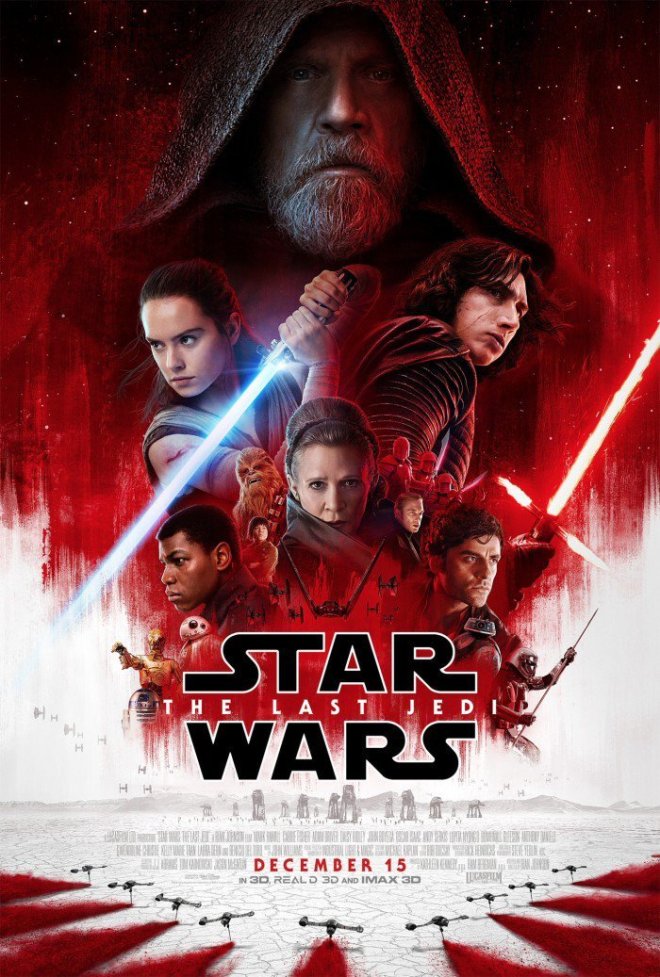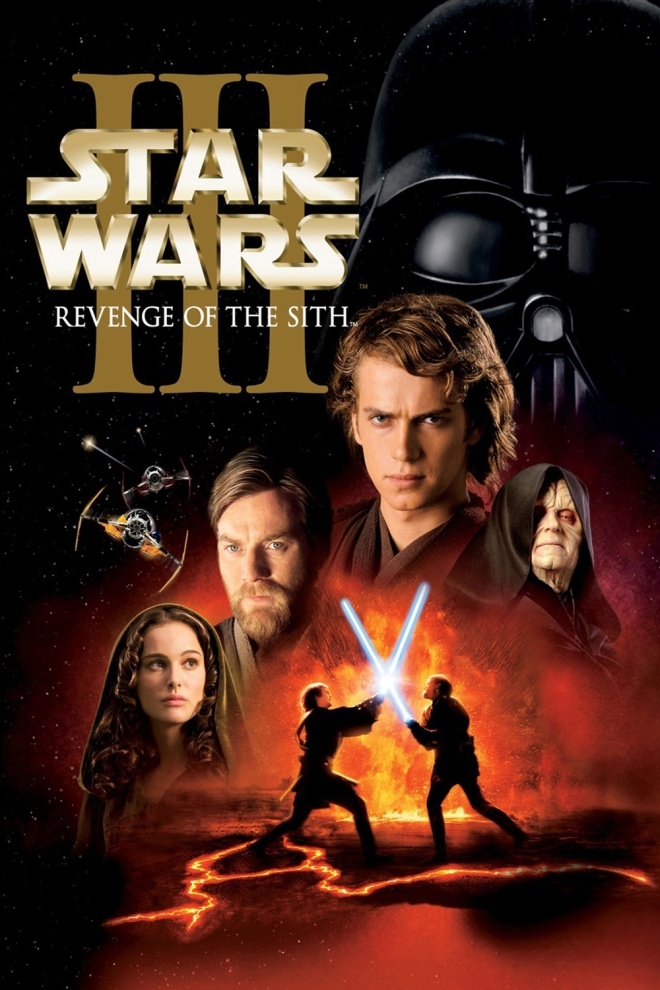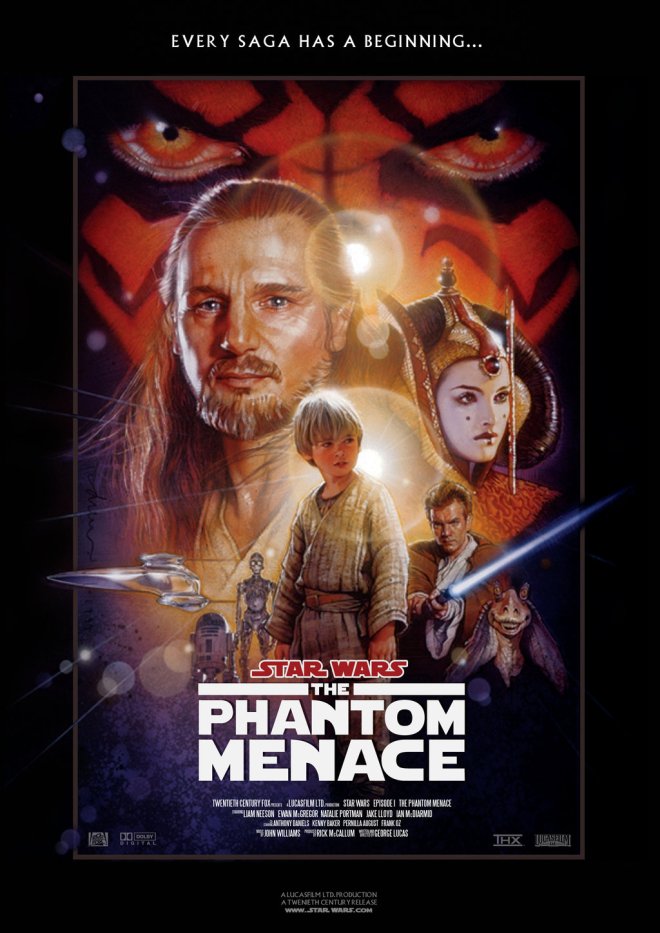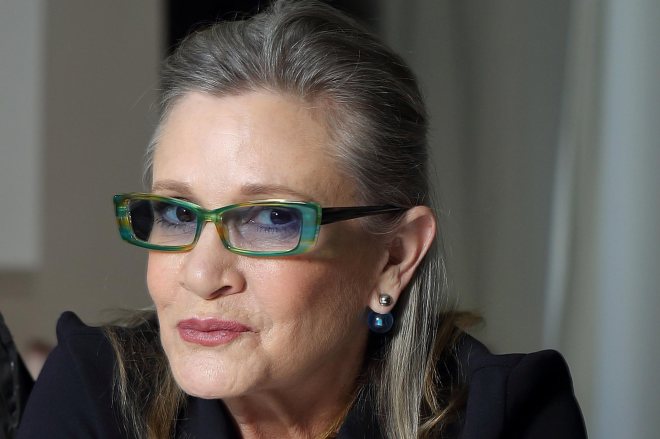RATING

If you spent the two years leading up to The Last Jedi’s release trying to speculate and predict what will happen, you may be in for a rude shock. As Luke Skywalker rightly puts it halfway through: “This is not going to go the way you think”.
It certainly doesn’t.
Instead, it takes everything about the Star Wars mythology and by the end of two hours and thirty minutes, blows it all up in a glorious beautiful blaze. Nothing leaves you prepared for the latest chapter delivers. It’s bold, unpredictable, wildly confident, taking this old bag of tricks and adding new twists that develop organically from the characters’ actions than from required plot machinations. Star Wars: Episode VIII – The Last Jedi is emotionally devastating, a grand farewell to all that has come before while preparing to usher something entirely different and new. It’s the best film since The Empire Strikes Back and while it’s tempting to label it The Empire Strikes Back of this new trilogy, that’s a misnomer. It takes certain cues from it, such as splitting up the characters and pairing them up with different people, but then it veers off in unexpected directions.
I’m going to be deliberately vague on plot, sticking to mostly what marketing has already put out for no reason other than this film is truly best experienced knowing little as possible. Believe me when I say: there is a lot of shocking moments. It takes every fan theory you have ever had, stuffs a load of dynamite into it and destroys it into pieces.
Picking up soon after where The Force Awakens left off, the rag-tag Resistance fighters evacuate their base and flee across the galaxy, pursued by the First Order. General Hux (Domhnall Gleeson) is determined to wipe them out; so much so that even Supreme Leader Snoke (Andy Serkis in motion capture) joins the hunt. As time runs out, an awakened Finn (John Boyega) teams up with maintenance worker Rose Tico (Kelly Marie Tran) and, assisted by Poe Dameron (Oscar Isaac) from the Resistance ship, seek help from the mysterious “DJ” (Benecio del Toro) in a daring mission against the First Order.
Meanwhile, on the island of Ach-To, Rey (Daisy Ridley) must persuade the self-exiled Jedi Master Luke Skywalker (Mark Hamill) to return and help his sister, General Leia Organa (Carrie Fisher). But Luke is having none of it: gone is the eager farmboy staring at the horizon dreaming of adventure. Old age and failure to save his former apprentice Ben Solo a.k.a. Kylo Ren (Adam Driver) have damped any idea of heroics, and looking at Mark Hamill’s grizzled face, it’s not hard to buy it, though he’s also developed a sardonic wit in that time. Luke doesn’t see himself as the great hero that Rey and the Resistance do, but instead as a flawed human being. Prick him, and he will bleed.
The Last Jedi was written and directed by Rian Johnson, whose previous film credits include the enjoyable time-travel thriller Looper and Brick. He is also best known for directing three highly acclaimed episodes of Breaking Bad, the last of which- Ozymandias– is heralded as the best of the entire TV series. Indeed, The Last Jedi shares a lot in common with that episode in which everything that has been built up to this point gets completely inverted with devastating consequences, and it all results due to the actions of the characters.
Sure enough, it’s the characters who shine just as much as the action. Luke Skywalker gets a grand arc here but nobody takes the spotlight more than the tortured and conflicted Kylo Ren, who goes from being a Darth Vader-wannabe to a complex evil character defined entirely by himself. It doesn’t hurt that Adam Driver is a phenomenal dedicated actor and in this role, he creates an iconic villain for the series. New characters like the suspicious Vice Admiral Holdo (Laura Dern) and Rose also get their dues, and Rian Johnson accomplishes all of this without stretching out the narrative or bloating it up. It’s also loaded with new creatures such as the large-eyed Porgs, the answer to the question: “What would happen if a penguin and a puffin got together?” It’s quite the tightrope act, but Johnson juggles and balances all these elements efficiently without missing a beat.
Then there’s Carrie Fisher. Scenes in which she is in that are already emotionally charged take on completely new dimensions and meaning in the wake of her death. Although her role is far larger here, The Last Jedi was always Luke’s film with the yet-untitled (as of this time) Episode IX intended to be Leia’s; that plan is now scuppered, and we’ll never know what that was supposed to be. If you pay attention closely, you may be able to figure out which lines of dialogue she contributed.
The Last Jedi contains some of the most striking visuals put to screen in the saga. Under Steve Yedlin’s remarkable cinematography, Snoke’s throne room is bathed in striking tones of red-and-black, complete with armed guards garbed in robes of matching red. One of the most memorable shots are that of a giant spaceship sliced in two. On the salt planet Crait, the white surface gets ripped up with movement to reveal an underlying crimson layer that suggests the planet bleeds.
I was also surprised by the amount of humour present in the film. It’s not that past entries are devoid of it but here, the jokes toe that fine line between meta and self-conscious without ever crossing it and breaking the illusion. Moments like Rose zapping Finn or Poe saying he’ll put on hold while making a call to General Hux come unexpectedly and yet in line with the nature of these characters. When General Leia tells Poe to ‘get his head out of his cockpit’, it’s very much the kind of admonishment that both Leia and Carrie Fisher would tell a brash youth.
The question is: what next? It’s difficult to imagine the follow-up film going back to the old status quo after this; indeed, it would render everything in The Last Jedi moot if it did. Rian Johnson has been handed the keys to developing a new and separate Star Wars trilogy once Episode IX is completed, and while I’m now very much looking forward to it, I wish Disney would give him that money to make his own intellectual property instead of continuing to play in the sandbox that George Lucas created forty years ago.
But that’s a story for another time. For now, savour the excitement and rollercoaster fun that is The Last Jedi in all its glory and bombast. It’s everything you could have asked for and more.
~
WRITEN AND DIRECTED BY: Rian Johnson
PRODUCED BY: Kathleen Kennedy, Ram Bergman
BASED ON: Characters created by George Lucas
EDITED BY: Bob Ducsay
CINEMATOGRAPHY: Steve Yedlin
MUSIC BY: John Williams
STARRING: Mark Hamill, Carrie Fisher, Adam Driver, Daisy Ridley, John Boyega, Oscar Isaac, Benecio del Toro, Kelly Marie Tran, Andy Serkis, Lupita Nyong’o, Domhnall Gleeson, Anthony Daniels, Gwendoline Christie, Laura Dern, Peter Mayhew
~
















